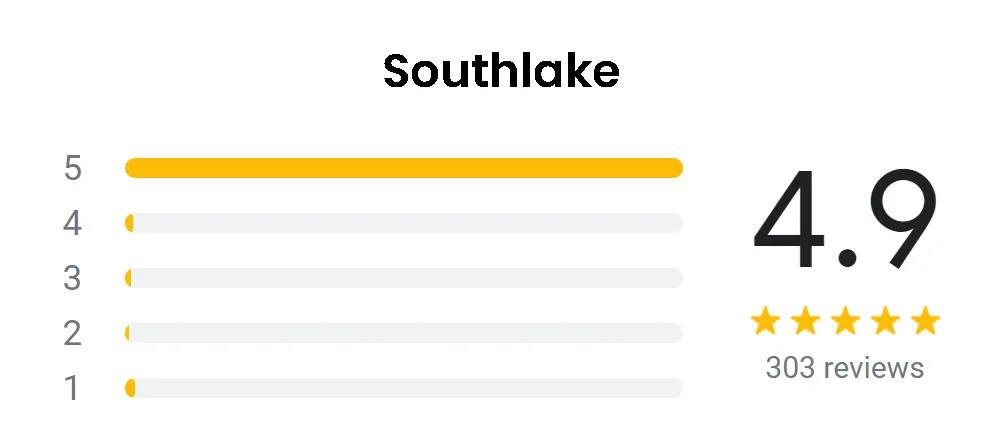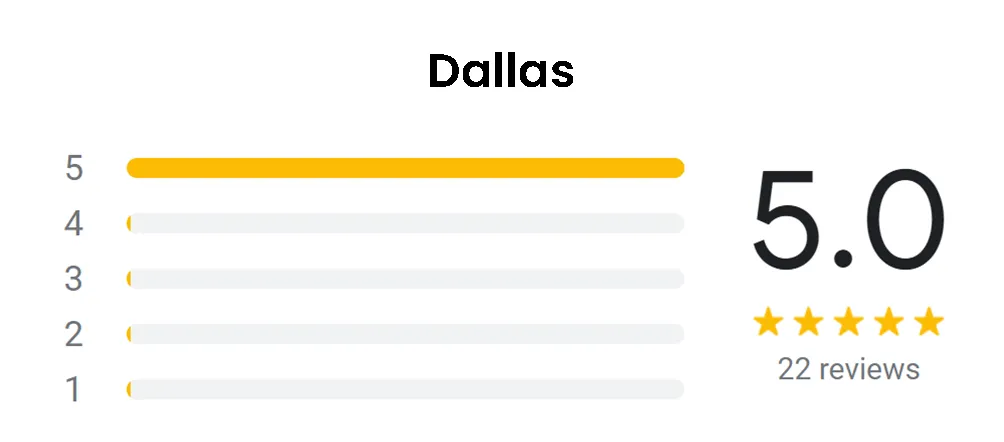
Hey there, rodent enthusiasts! Today, we're going to answer one of the most commonly questions in the rodent world: How big can a rat get? We will be diving into the fascinating topic of the largest rats in the world and how big can rats get. Sure, rats might not be everyone's favorite creatures, but trust me, they're way more interesting than you might think. So, buckle up, and let's embark on this rat-tastic journey!
Sizes of rats might not be the first thing that pops into your mind when you hear "fascinating facts," but believe me, it's a hidden gem of rodent knowledge. These little critters come in various sizes, depending on their specie, location, and other factors; understanding the implications of their size is crucial for pest control and our coexistence with them. Let's check this amazing blog that our expert team at Critter Stop has made for us.
Now, you might wonder, why does rat size matter at all? Well, hold your whiskers, as we'll soon explore how their size influences their behavior, interactions with us humans, and even the strategies we use to control their populations. So, let's get ready to embrace the wonder of giant rat - proportions!
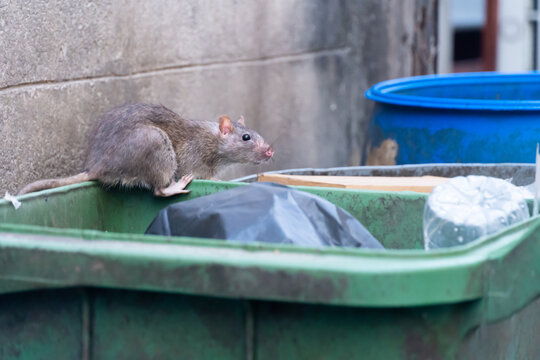
Rats are members of the rodent family (Not Micket Mouse 😂) , and they've earned quite a reputation over the years. These furry creatures have a pointy snout, sharp teeth, and a long, scaly tail that, let's face it, can give some folks the creeps. But don't worry, they're not all that bad.
Just like humans, rats come in different shapes and sizes. Imagine a rat that can grow up to 10 inches or feet long, only the body, excluding the tail - that's the Brown Rat for you. Also known as the Common Rat, it's the heavyweight in the rat world. With a sturdy build and a less-than-friendly demeanor, these rats are notorious for their adaptability and tendency to make themselves at home in human habitats. Their burrowing skills and broad diet range only add to their pest credentials. Sometimes, they can weigh almost half of a pound.
Black Rat - The Stealthy Intruder: On the smaller end of the rat spectrum than wild brown rats, the Black Rat, measuring around 5 to 7 inches (sans the tail), is a crafty contender. Known for its agility and climbing abilities, it can make its way into unexpected places. Often associated with historical tales of spreading disease, these rats have earned their place in the pest hall of fame.
But wait, there's more to the story.
Norway Rat - The Opportunistic Neighbor: Don't forget our Northern rodent, the Norway Rat, sometimes called the Common Rat or Brown Rat. Sized somewhere between the Brown rat and Black varieties, it's around 7 to 9 inches in length (excluding the tail). These norway rat have a knack for survival, with their burrowing habits and wide-ranging diet making them versatile troublemakers in urban environments. They can climb some trees, make their way through your home, your walls and even the roof of your house.
Gambian Pouched Rat - Unconventional Heroes: In the midst of all these notorious characters, there's the Gambian Pouched Rat. Hailing from Africa, these rats are sizable, growing from 11 to 16 inches (without their tail). However, they have a different reputation.
These rats are used for their remarkable sense of smell, aiding in detecting landmines and diseases like tuberculosis. These rats are literally using their nose to become heroes in the rodent world.
Ever wondered why some rats look like they've been hitting the gym more than others? Well, it's not just because they have a penchant for tiny dumbbells. Genetics, environment, and nutrition all play a role in determining their size. So, just like us, rats are what they eat!
Factors Influencing Rat Size: Genetics, Environment, and Nutrition
Rats: those stealthy critters that can be as big as a small loaf of bread or as petite as a handheld device. Ever wondered what contributes to these variations in size? It turns out that these size differences aren't just random, but rather, they're the result of a complex interplay of genetics, environment, and nutrition.
Genetics: Nature's Blueprint
Much like humans inherit certain traits from their parents, rats also receive genetic information that influences their growth and size. Different rat species have distinct genetic makeups that predispose them to a certain range of sizes. These genetic factors lay the foundation for a rat's potential size, acting as a blueprint that guides their development.
Environment: Where They Live Matters
The environment in which rats grow up can significantly impact their size. Rats living in urban environments might have access to a different range of resources compared to their rural counterparts. Urban rats might encounter more human waste, providing a consistent food source that could lead to larger individuals. On the other hand, rats in rural areas might experience more competition for their food supply, potentially leading to smaller sizes due to limited resources.
Nutrition: You Are What You Eat
Ah, the age-old adage holds true for rats as well: "You are what you eat." Nutrition plays a pivotal role in determining a rat's size. Rats with access to a diverse and plentiful diet during their growth stages are more likely to reach their genetic potential for size. Protein-rich diets are particularly important for proper growth, as proteins provide the building blocks for tissues and muscles.
The Rat's Paradox: Finding the Right Balance
Interestingly, these factors don't always interact in a straightforward manner. A rat's size isn't solely determined by one factor; rather, it's the result of a delicate balance between genetics, environment, and nutrition. For instance, while a rat might have a genetic predisposition for a certain size, if it doesn't have access to proper nutrition, it might not reach that size potential. Similarly, a rat with excellent nutrition might not grow as large as expected if it faces intense competition for food due to a crowded environment.
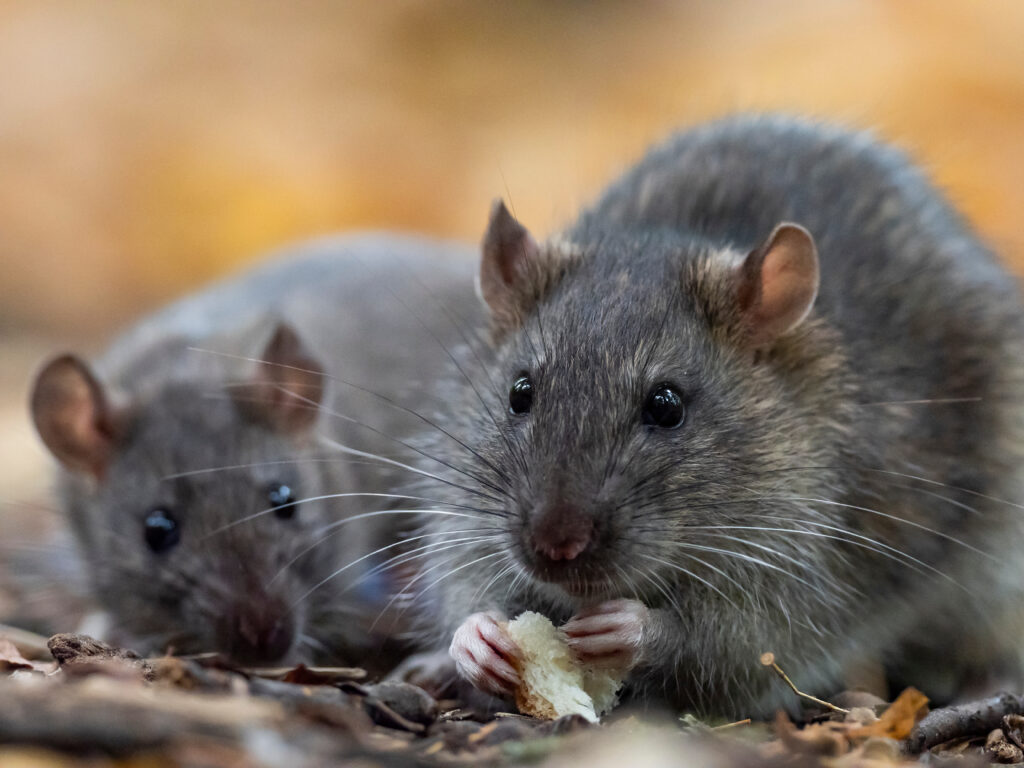
Let's size up the competition! Rats might not win any Olympic medals for their size, but they do give mice a run for their money. Mice are generally smaller, while squirrels tend to be larger and more acrobatic. But don't underestimate our rat friends; they have their unique set of skills!
Size isn't just about being impressive; it plays a vital role in their survival and behavior. Larger rats can dominate their smaller counterparts, affecting the dynamics of rat communities. Understanding these differences largest rat species can help us predict their behaviors and better control their populations.
From fearless leaders to shy wallflowers, rat size can influence their behavior. Larger male rats, might be more daring and assertive, while smaller ones might stick to the shadows. It's like a rat version of personality traits!
Ever wonder why some rats seem to invade our homes more than others? Well, their size can determine their ability to squeeze through tiny gaps and access our living spaces. It's like having furry contortionists around!
As Experts in rodent removal in Dallas-Fort Worth, we can assure you that dealing with rats is no small feat, especially when they're larger than life. Larger rats can be more challenging to trap or exterminate, requiring more effective pest control strategies.
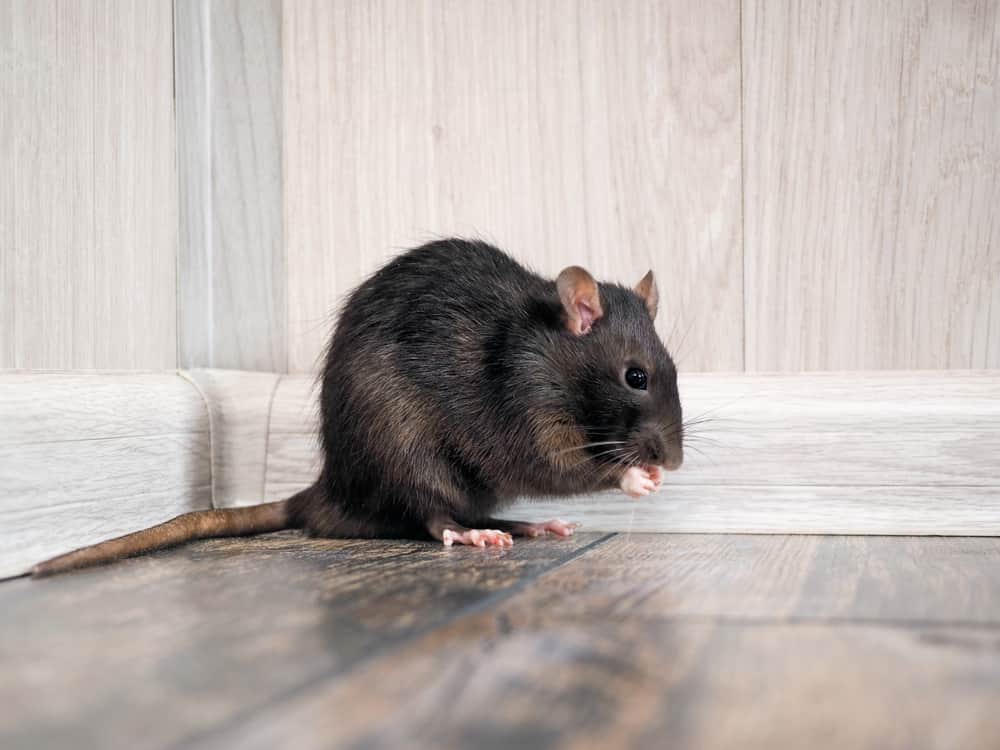
But fear not! We're not defenseless against these mighty rodents. In our experience providing rodent removal services, we have identified some tips that could help you. From sealing entry points to using traps and baits strategically, at Critter Stop we have prepared some tricks up our sleeves to keep their populations in check.
Think of your home as a fortress. The first line of defense? Seal off any potential rat entry points. Check for gaps in walls, broken vents, and unclosed chimneys - these are prime avenues of entry for rats. By fortifying these weak points, you make it much harder for them to invade your space.
Meet the rat traps, your trusty sidekicks in this epic battle. Different types of traps, from snap traps to humane live traps, can be employed. For larger rat species, you might need traps designed specifically to handle their size and strength. Set the traps in areas where adult rats' are known to frequent - corners, along walls, and near their nests.
If you're going the bait route, think strategically. Opt for bait stations that keep the poison contained and inaccessible to pets and kids. Consider using bait blocks designed to lure larger rat species, and remember, the element of surprise is key. Change the bait location regularly to prevent pet rats from becoming bait-savvy.
Channel your inner rodent detective. Observe their habits, tracks, and droppings. This intel will help you strategically place traps and identify their hideouts. Rats are creatures of habit, and this knowledge gives you a leg up in outsmarting them.
Now, for a fun little fact to leave you with: rats have been involved in some unexpected fame throughout history! Did you know that a pet rat once named "Magawa" made headlines as a landmine-detecting hero? This African giant pouched rat was trained to sniff out landmines and unexploded ordnance, saving countless lives in Cambodia. Talk about rats doing their part for humanity!
So, the next time you see a house rat scurrying by, try to appreciate their unique characteristics and the pivotal role they play in the ecosystem. Sure, they might not be the most glamorous creatures, but hey, they've been around for millions of years, and they're here to stay.
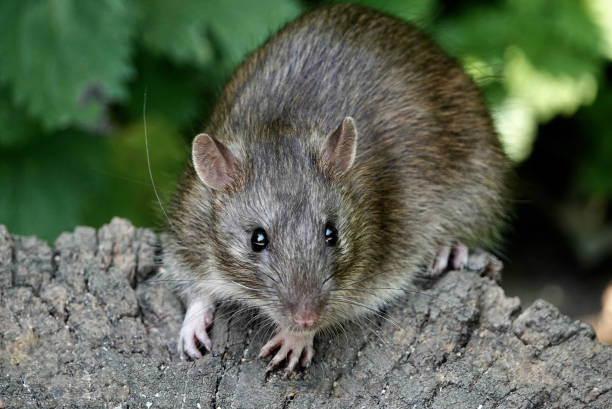
We've covered quite a bit of ground on rat sizes, so let's have a quick recap, shall we? Rats, those little rascals, come in various shapes and sizes. The Brown Rat takes the crown for being the larger of the two common rat species, measuring about 7 to 10 inches in length, while the Black Rat trails behind at 5 to 7 inches. But sometimes, Mother Nature decides to throw a curveball, and we've seen record-breaking female rats measuring up to a whopping 15 inches in length, excluding their tails!
Now, you might be thinking, "Why should I care about the size of these furry pests?" Well, understanding rat sizes is more than just a trivia pursuit. It's essential for effective pest control and maintaining a harmonious environment with these critters. By knowing their size-related behaviors and characteristics, we can develop better strategies to manage their populations without causing harm to them or our homes.
Effective pest control strategies are crucial for managing the size and population of rats, which can grow alarmingly large under ideal conditions. Employing pest control software, like the solutions offered by Field Routes, enhances these strategies by providing comprehensive tools for monitoring, scheduling, and reporting, ensuring a systematic and efficient approach to pest management. By leveraging technology, pest control professionals can more accurately track rodent activity and implement timely interventions to keep rat populations under control.
But let's not forget that rats have played significant roles in history too! Remember the Black Death? That infamous pandemic during the Middle Ages was primarily spread by fleas on rats. Understanding the impact of rat sizes and behaviors can help us mitigate the risk of such outbreaks in the future.
As we conclude our rat-sized adventure, let's keep our curiosity alive and continue to learn more about the world around us. Whether it's rats, other wildlife, or the countless wonders of nature, there's always something new and exciting to discover.
If you're struggling with a single rat or a whole invasion, don't hesitate to call us at (214) 234-2616. We have provided rat removal services a thousand times in the Dallas area, always having good results and the satisfaction of the homeowners. Critter Stop is your best option for solving this problem.
Visit our Critter Library and learn more about our furry friends
